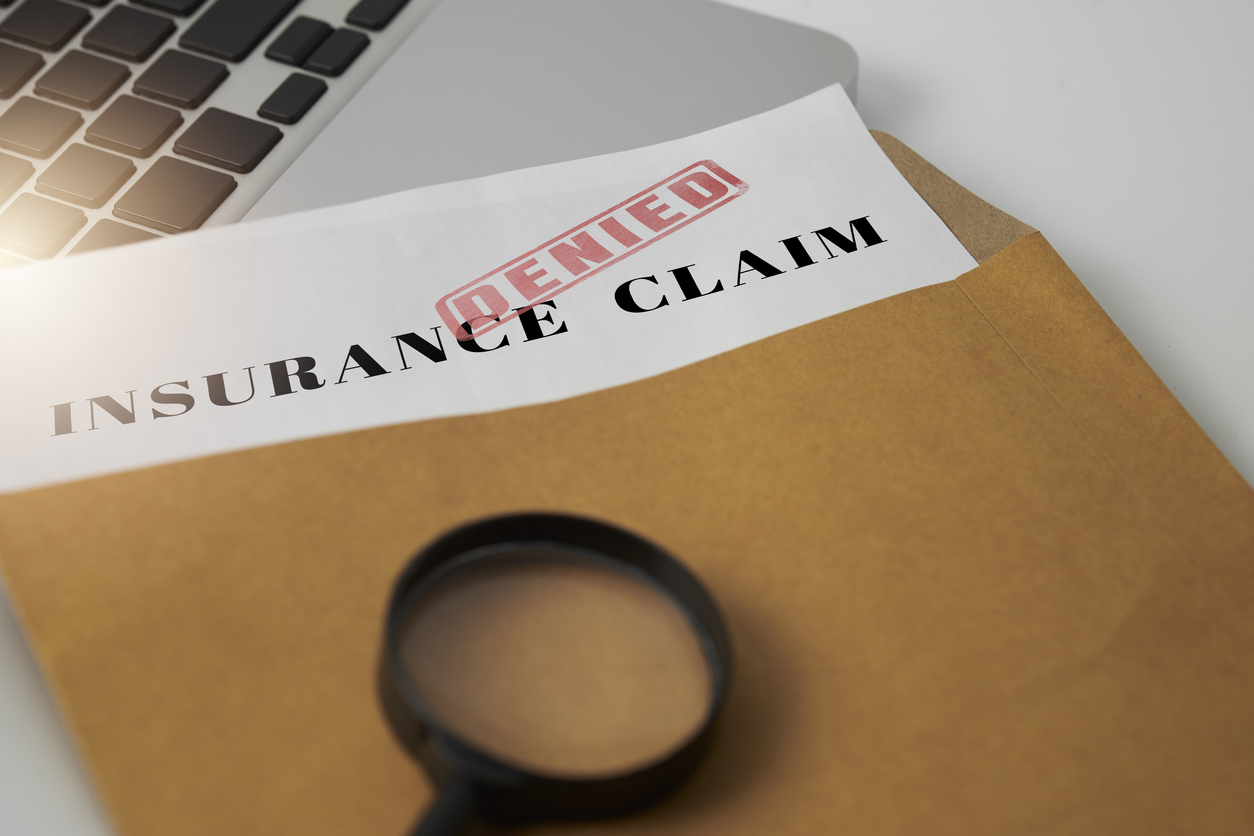Charles Miller is a respected insurance claims expert whom I have retained as a consultant and testifying expert on various matters over the past decade. I enjoy debating and discussing various insurance claims and coverage issues with him.
This week, Miller testified before the National Association of Insurance Commissioners that damages caused by Chinese drywall are covered under first party property insurance policies. Dan Luby of the Florida Insurance News forwarded an article, Lawyer Sees Insurer Vulnerability To Drywall Claims, that indicated:
Charles Miller, of the Insurance Law Center in Berkeley, Calif., made his remarks here at a hearing on drywall issues by the National Association of Insurance Commissioners Catastrophe Insurance Working Group at the NAIC’s Winter National Meeting.
Mr. Miller drew upon language contained within Fire, Casualty & Surety (FC&S) bulletins, a publication within National Underwriters parent Summit Business Media, to raise questions about whether exclusions apply.
If you want to read the FC&S Bulletin Miller is referring to, I wrote about it in a prior post, Chinese Drywall Losses Covered Under First Party Property Insurance Policy.
The article also noted:
Mr. Miller said FC&S – resource for insurers for interpretation of both commercial and personal lines coverages – notes that many courts have found the pollution exclusion in homeowners policies only applies to “traditional environmental damage.”
Mr. Miller said, “The release of gases inside of a residence is not normally considered to be traditional environmental damage.
Regarding latent defect and inherent vice exclusions some insurers have cited, Mr. Miller noted the FC&S bulletin states the exclusion applies to “a loss due to any quality in the property that causes the property to damage or destroy itself that results from something in the property itself.”
The drywall, he noted, is not destroying itself, but rather causing ensuing damage to its surroundings, which should be covered.
Mr. Miller said regulators should look to protect consumers by conducting multistate market conduct exams to ensure proper investigations into Chinese drywall are being conducted. Mr. Miller said there is a “critically important relationship between a timely and thorough investigation and a proper evaluation of the coverages.”
Amy Bach of United Policyholders was at the same lecture concerning Chinese drywall coverage issues that I wrote about earlier this week in Ensuing or Resulting Loss, and the Burden of Proving Causation Explained Simply. I talked briefly with Amy about my concerns over the coverage analysis and whether courts would misconstrue "ensuing loss" language.
Amy Bach also testified and was quoted with a rather unique suggestion for helping out policyholders with coverage issues:
"Ms. Bach indicated that insurers should assist policyholders and cover their claims now, and if they are found not liable later, they could then subrogate against those entities."
I personally do not know any first party insurer that has afforded any coverage for Chinese drywall losses. I seriously doubt they would do so because insurance companies love to hold money. Further, if there truly is no coverage, they may lose their subrogation rights as a volunteer rather than a party obligated to pay a debt.
One trend seems to be more coverage gurus stating that coverage exists to some extent for first party Chinese drywall claims. As a result, more claims are going to be made. We will see how they play out after denial and litigation ensues.



